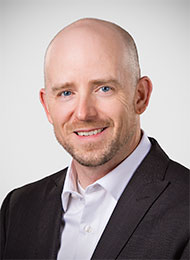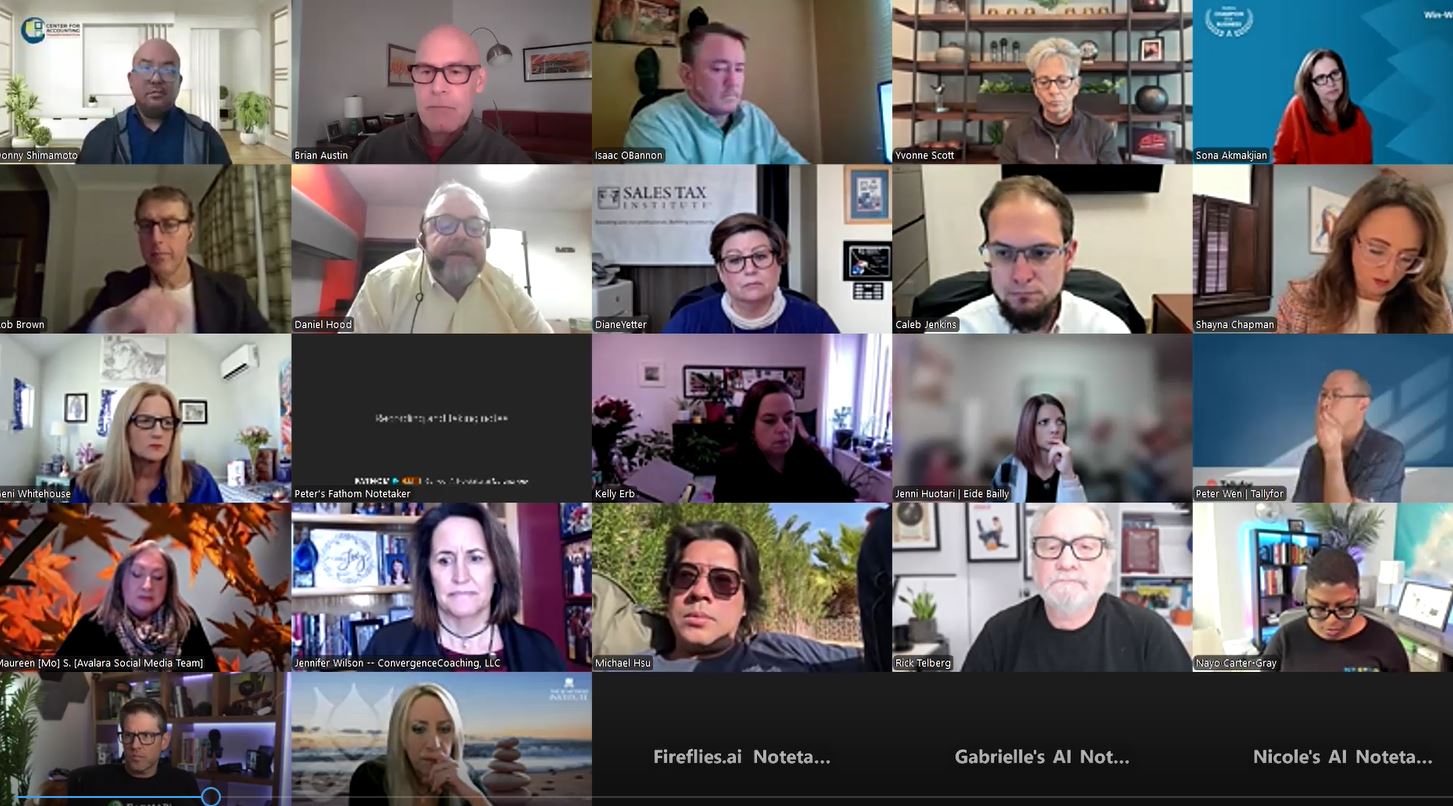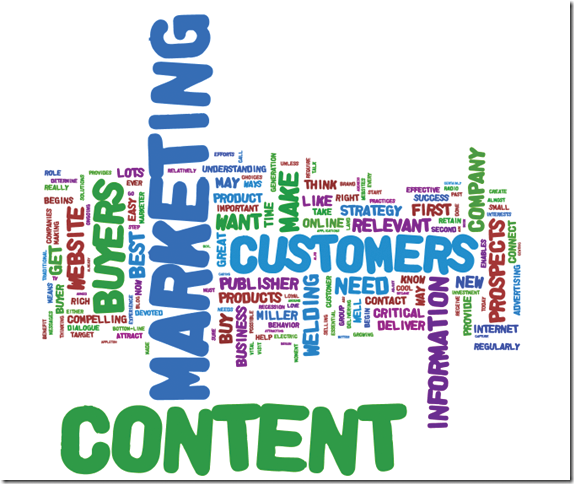Is change hard? We often hear people say change is hard. I have said it, especially early in my consulting career. However, in reality, change is just something we have to deal with. During our consulting projects, we focus a fair amount of time helping teams get in front of change.
Recently, I was working with a firm to improve their audit processes. The firm had completed their homework items, and it was time to discuss their preliminary recommendations and decide if these recommendations would become final. The specific homework item was moving to on-screen review. The team identified that the movement of paper around the office was slowing down their process. Don’t focus on the fact that they were still using paper – it’s the stories the team shared that are important. I just want to provide you with the necessary context.
The concept of personal preference is an integral part of everything we do with firms. Personal preferences have a negative impact on morale and overall process efficiency. They impact internal customer service, and we all know we can’t provide extraordinary external customer service unless we deliver great internal customer service first.
Back to our story. The team agreed that they would test on-screen review to ensure they could do it before they recommend everybody does it. We started discussing what they learned when Morgan (not his real name) interrupted. Morgan looked straight at me and asked whether what he was planning on doing is a personal preference. He explained that on-screen review wasn’t going to work for him, but he was the one hitting print and he would ensure that his changes would be shared electronically. But that wasn’t all. Morgan also mentioned asking the person receiving the changes if they would like to see his written notes.
I stopped Morgan’s story and asked him how many times he actually tried reviewing on screen. He didn’t really answer. Instead, he focused on the understanding of the personal preference. Because he was certain on-screen review wasn’t going to work for him and others, he wanted to confirm he was still following the process. Yes, still following the process, even though he didn’t make any changes. This narrative happens a lot during our projects. It’s great when it happens with a member of the team because we can work through it together and the outcome usually ends up helping to solidify the change idea.
In this instance, it did just that. The team recognized that for the change to be successful the entire team needed to be on the same page first. We discussed the importance of leveraging available technology, so we can be ready for the changes technology brings tomorrow. We all know the story of Kodak. They knew what digital photography was; they just didn’t think it was going to become “real” as quickly as it did. We can all agree that on-screen review is not a new challenge and the technology has been available for a while. But Morgan wasn’t seeing that by holding on to his paper process he was not setting himself up for new changes technology will bring. Once he saw this connection he realized he needed to change. The team had made this change personal for him.
This story gets even better. Once Morgan saw his need for change he focused on how hard it was. One of his team members told her story about how it was not easy to change from paper to onscreen review. She said the first couple of times she did it she was very uncomfortable, but after those first few times, she began to like it. In fact, she now prefers to review on-screen. Collectively, the group challenged Morgan to be like Stan – a senior partner at the firm who does his fair share of review. Stan made the transition to onscreen review. Morgan challenged the group and said, “Well, Stan was the first member of the firm to have an iPhone!”
Morgan quickly realized the power of that statement. It didn’t matter that Stan was an early adopter of things. Rather, it was an example of Stan endorsing the change. If Stan was endorsing the change, Morgan knew he’d better figure it out.
Don’t forget the power of sharing stories. This team is ready for all of their changes because they first took the time to embrace the change. Then they openly discussed those changes. It is the during the discussion of those changes with the project team that the magic happens. It becomes a test run for when they roll out the changes to the entire firm. What story can you share with someone that will help them change?
——
Michael Wherry is a CPA and Lean Six Sigma Black Belt, and is a consultant with Boomer Consulting.
Thanks for reading CPA Practice Advisor!
Subscribe Already registered? Log In
Need more information? Read the FAQs
Tags: Firm Management, Technology


![gavel1_11537663[1]](https://www.cpapracticeadvisor.com/wp-content/uploads/2020/03/gavel1_11537663_1_.5e6a69aa237a8.png)


